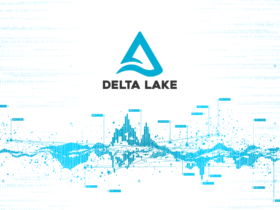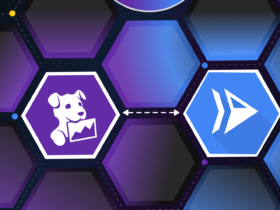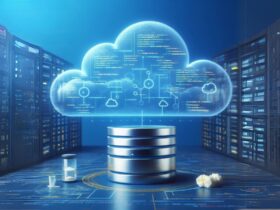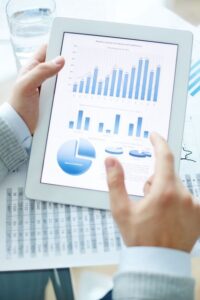Augmented Analytics
Augmented analytics is not unknown among professionals working with data analytics, machine learning and data science. The term was coined in 2017 in a Gartner research paper. It is known that data is the new oil and these add to the many efficient tools that the organization uses to make the best data-driven decisions which in turn drives organization towards eminent success. Data analytics is one such are which gains heavy weightage when it comes to data-driven decisions. This is also a field that has taken a new direction in the recent years, as the complexity and the dependency on the data has increased over the last decade. Augmented analytics can also be referred to as cognitive analytics, AI-driven analytics or even modern analytics. It is simply an analytics approach that leverages advanced AI algorithms, deep learning techniques, semantics, machine learning and Natural Language Processing (NLP). It basically combines these technologies to help identify patterns in complex and large data sets and improve the data-driven decisions. The data exploration by a customer is augmented and analysed in BI platforms. Data preparation, insight generations and insight explanation are targeted in the process.
The primary reason for an organization to adopt augmented analytics is that the traditional analytical methods are consuming way too much time and majority of the resources lack the expertise to handle humungous amount of raw data. The process of cleansing data and report building are very cumbersome. Also, though it appears to be the most happening profile in the market, finding the right data scientist or a data analyst is not very easy.
Augmented analytics transforms large data sets into smaller and more digestible data sets using statistics and linguistic technologies. As mentioned previously, machine learning, artificial intelligence and data insight generation techniques are all combined to explore the different ways to analyse data. The three primary steps include:
- Developing machine learning based algorithms that allows data to learn without having to rely on rule-based programming.
- Data is made more human using Natural-language generation (NLG). This transforms machine findings into words and phrases that can be understood by humans.
- Visualizations are created using automation insights and data-driven insights that allows the users to derive at decisions that favour the business strategy.
Augmented analytics also provides three interfaces for users. They are: search driven analytics, auto discovery and visual analytics.
The most prominent applications of augmented analytics include predictive analytics in demand planning, anomaly detection, drawing customer insights from external sources like social media platforms and to automate merchandise and to discover products that attract potential online customer searching, task automation, context-aware insight suggestions and conversational analytics.
The key advantages of implementing augmented analytics are as below:
- Data literacy: As the data gathering becomes efficient, the insights drawn from them are obviously more valuable.
- Rapid data preparation: Multiple sources of data are brought together much faster than the conventional methods, algorithms use schemas and joins, transformations and integrations are fully automated and all of these are auto-generated by the system and this drastically reduces human interference.
- Automatic analysis: This is the primary goal of using augmented analytics.
- Reduction in analytical bias: The data is analysed based on factors of statistical significance and this reduces bias.
- Ensuring trust: Since everything is automated, the data is dealt in a very logical and statistical sense and thus the insights generated do not result in doubts and ambiguity. The insights are more accurate and directly aim towards the business strategy.
Augmented analytics has come to life very recently and it has proved to be very efficient. Although, this still demands a lot of improvements and is taking baby steps towards reaching more efficiency.
#RandomTrees #AugmentedAnalytics








